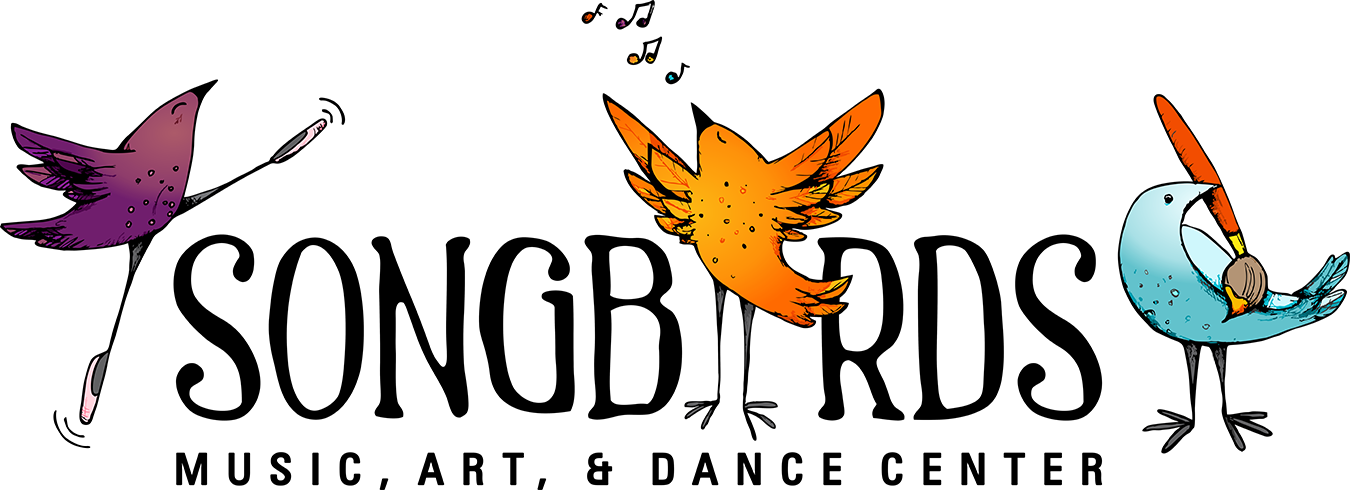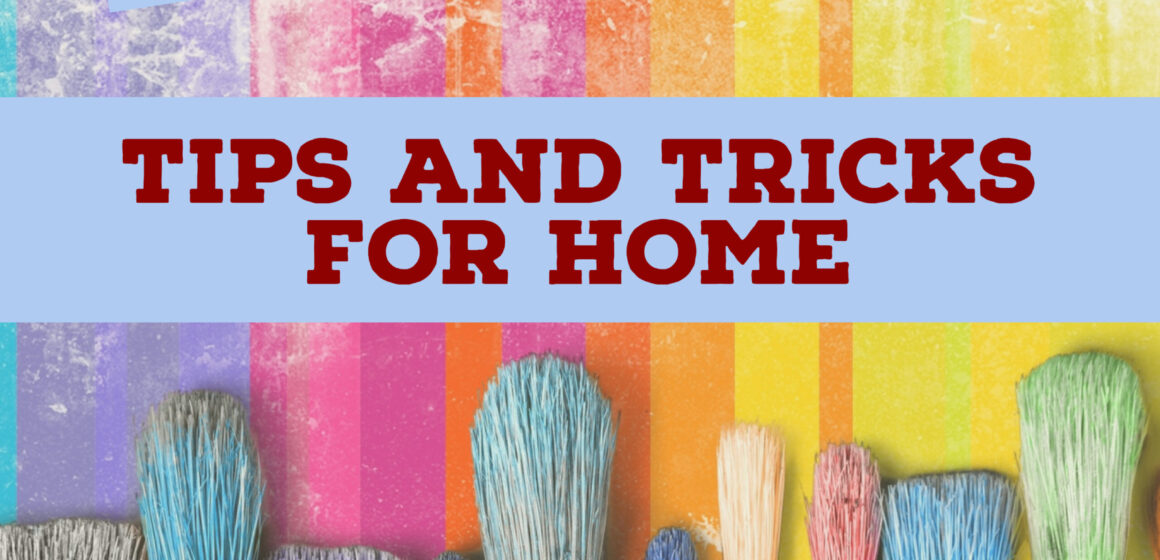Acrylic Painting at Home Tips and Tricks
Are you in love with making great art at home? Maybe you took some of our virtual paint night classes during the lockdown, or maybe you’ve practiced some of the techniques that you learned at our Songbirds Art Parties. Little tips and tricks can go a long way in making your painting more enjoyable and successful – read on for seven tips on how to better create with Acrylic Paint at home!
Why use Acrylic Paint?
I love acrylic because it is the perfect intersection of easy, forgiving, and affordable. Oil paints are expensive and take a long time to dry, while watercolors are messy and can be frustrating if you make a mistake. Acrylic paints dry quickly, blend well, and can be easily painted over in layers. What’s more, you can find really nice paints at relatively cheap prices.
Tempera and kid-safe paints are great for little ones, but those products often have weaker pigmentation and don’t produce as nice a result. Try to move to acrylic when the little artists are ready (just don’t forget that acrylic doesn’t come out of clothing or fabric).
On to the tips!
Keep Your Brushes Wet
There’s nothing worse than a dried-out and paint-encrusted brush. Once paint has hardened on the hair, it’s almost impossible to resurrect it. While working on your piece, keep any brushes that have been used submerged in your water cup just in case. This also makes it easier to reform the bristle with your fingers later on!
Don’t Leave Brushes in Cups Overnight
While we want the brush hairs to be clean and supple for painting, leaving them in water cups overnight or for extended periods can ruin them. This can permanently deform the hairs so that they have a kink and aren’t as easy to use. When you’re done painting, dry out the brushes with a paper towel and reform the hairs with your fingers.
Try Using Primers
Even the best acrylics have variations in pigmentation strength. For example, the purple that we use at Songbirds is ridiculously strong compared to the other colors with the same brand. Using primers, or a neutral base coat, goes a long way in leveling the playing field with your colors. The best primers are white, grey, and black. Experiment with using white or grey with lighter colors like yellow and orange. Grey primer goes best with medium-weight colors like blues and greens, and black primer is best for heavy browns, purples, and reds. Any normal acrylic in your collection can be a primer, or you can slightly water down your paints for a primer wash coat.
Figure Out a Plan of Attack
When I teach Art Parties at Songbirds, I always start by discussing what colors and shapes should be painted first. Because some colors are way stronger than others, it often doesn’t make sense to start with the traditional method of background first, then foreground second. With acrylic, it makes the most sense to start with the lightest colors and work towards the strongest, darkest shades. This strategy can be modified with the use of primers, but you’ll often end up implementing a lot of layers and waiting for the paint to dry. This is also nifty because you can use the darker layers to correct and neatly outline the lighter layers that have already been applied.
Know Your Paints
This takes practice and experimentation, but as I’ve hinted, knowing your paints and how they interact goes a long way in making cleaner and more professional pieces. Try to stick with the paints that you have for a while before introducing a new brand or color. Different brands may blend strangely or have different consistencies. The most important thing to know like the back of your hand is which colors are heaviest and how they should be layered.
Take a Step Back
When working for long periods, take frequent breaks to stretch your legs and rest your brain. It’s a good idea to view your work from a distance and in different lighting conditions. I’ll never forget the very first Art Night event that I attended way before Songbirds was created – we were painting a tree scene in a dimly lit bar and everything looked fantastic… until we went outside in the daylight and realized that all of the paints were neon for some reason. Taking a step back can help you plan your next move and appreciate your hard work!
Learn Some New Techniques
If you’re feeling in a rut, try attending a Paint Class at Songbirds or watching some videos on new paint techniques that you might have missed like drybrushing, blending, stippling, and more! It’s also refreshing to get way out of your comfort zone and experiment with a different art style – if you always paint realism, why not try some cubism or surrealism? The sky’s the limit, and each experiment will only make you a better artist.
Thanks so much for tuning in to this week’s Art Blog! Check out our Art Classes and Art Parties at Songbirds, and stay tuned for more helpful information on our Knowledge Blog!

